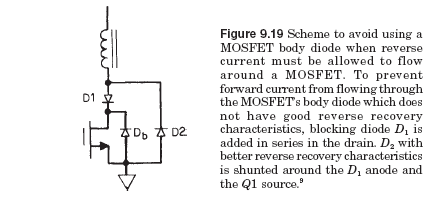10ohm resistor
What are people using for the 10 ohm resistor?
I found this:
D225K10R - OHMITE RESISTOR, 10 OHM, 225 WATT, ADJ. TUBULAR, WIREWOUND, +-10% TOLERANCE
Item Number: D225K10R
Manufacturer: OHMITE
Item Category: Resistors
Subcategory: Bracket Mount
Series: WIREWOUND POWER
Height: 1.13 Inches
Width: 10.5 Inches
Depth: 1.13 Inches
Resistance: 10 Ohms
Watts: 225
Adjustable: Y
Composition: Ceramic
Package Type: Tubular
Terminal Type: Radial Lugs
Tolerance (%): -10~10 Percent
Volts AC Max.: 4595 Volts AC
Dielectric Voltage: 3000 Volts
Temp Coefficient (ppm/C): 260
H x W x D (in.): 1.13 x 10.5 x 1.13
It's a little larger then the specifications and doesn't give the number of turns.
The schematic on page 1, there is a diode above the 12V battery that doesn't have a value. What should I use for this Diode?
The 1N4148 Diodes - does it matter what voltage, current or speed rating to use? DigiKey.com has many configurations available.
Thanks,
What are people using for the 10 ohm resistor?
I found this:
D225K10R - OHMITE RESISTOR, 10 OHM, 225 WATT, ADJ. TUBULAR, WIREWOUND, +-10% TOLERANCE
Item Number: D225K10R
Manufacturer: OHMITE
Item Category: Resistors
Subcategory: Bracket Mount
Series: WIREWOUND POWER
Height: 1.13 Inches
Width: 10.5 Inches
Depth: 1.13 Inches
Resistance: 10 Ohms
Watts: 225
Adjustable: Y
Composition: Ceramic
Package Type: Tubular
Terminal Type: Radial Lugs
Tolerance (%): -10~10 Percent
Volts AC Max.: 4595 Volts AC
Dielectric Voltage: 3000 Volts
Temp Coefficient (ppm/C): 260
H x W x D (in.): 1.13 x 10.5 x 1.13
It's a little larger then the specifications and doesn't give the number of turns.
The schematic on page 1, there is a diode above the 12V battery that doesn't have a value. What should I use for this Diode?
The 1N4148 Diodes - does it matter what voltage, current or speed rating to use? DigiKey.com has many configurations available.
Thanks,








Comment